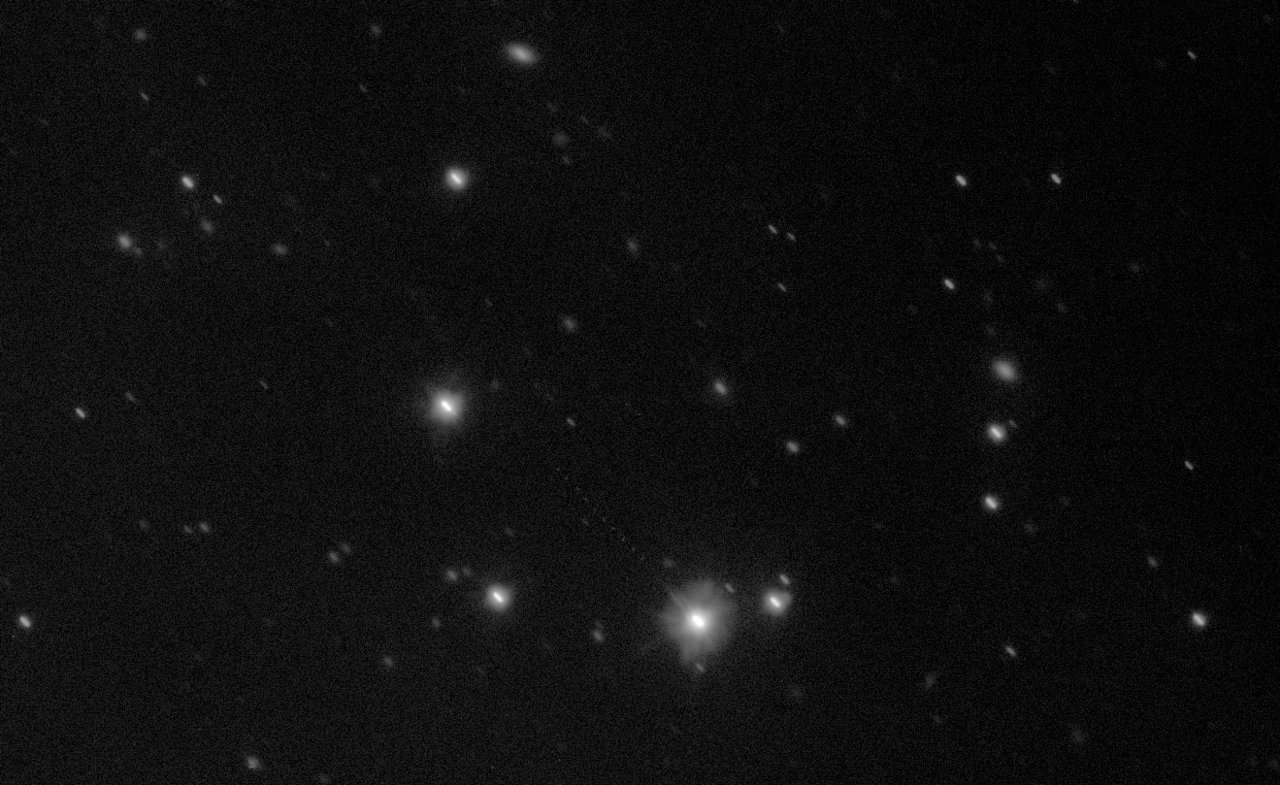
The European Space Agency’s (ESA) Gaia satellite was launched in 2013 to survey the stars in our galaxy in order to create the most precise 3D map of the Milky Way to date. But now the observer has become the observee, as the satellite is captured in this image from the European Southern Observatory (ESO)’s Very Large Telescope (VLT).
Gaia’s second map of the galaxy was released last year, but the satellite continues to collect data for future maps. In order to get absolute accuracy of these readings, the scientists at ESO needed to pinpoint the exact location of Gaia. They did so using the VLT’s Survey Telescope, the largest survey telescope currently observing the stars in the visible light range.
“Gaia observations require a special observing procedure,” Monika Petr-Gotzens, coordinator of ESO’s observations of Gaia, explained in a statement. “The spacecraft is what we call a ‘moving target,’ as it is moving quickly relative to background stars — tracking Gaia is quite the challenge!”
To meet this challenge, astronomers used Gaia’s own measurements of the stars to calibrate its position, which could then be fed to the VLT so the telescope could pick out the spec of light representing the satellite among the stars.
This operation required cooperation between several different research groups and locations. “The VST is the perfect tool for picking out the motion of Gaia,” Ferdinando Patat, head of the ESO’s Observing Programmes Office, explained in the same statement. “Using one of ESO’s first-rate ground-based facilities to bolster cutting-edge space observations is a fine example of scientific cooperation.”
Now that Gaia’s position has been confirmed, its observations of distant stars for the next galactic map can be more accurate. Timo Prusti, Gaia project scientist at ESA, highlighted the important of agencies working together: “This is an exciting ground-space collaboration, using one of ESO’s world-class telescopes to anchor the trailblazing observations of ESA’s billion star surveyor.”



